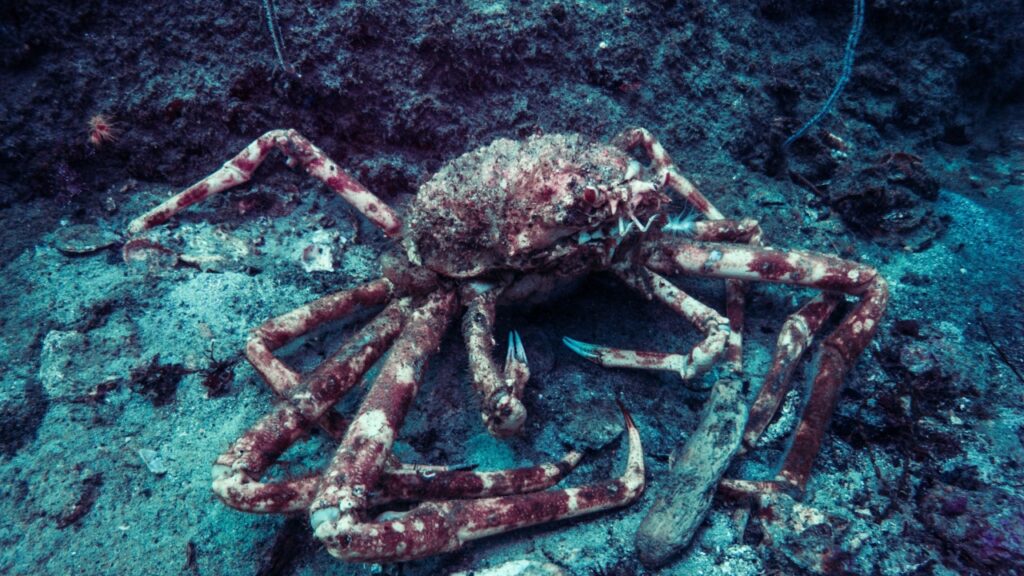Deep in the waters off Japan lurks a creature that seems straight out of a sci-fi movie. The Japanese spider crab, with its enormous size and long, spindly legs, is a true marvel of nature. Let’s dive into some fascinating facts about this incredible ocean dweller.
A Giant Among Crustaceans
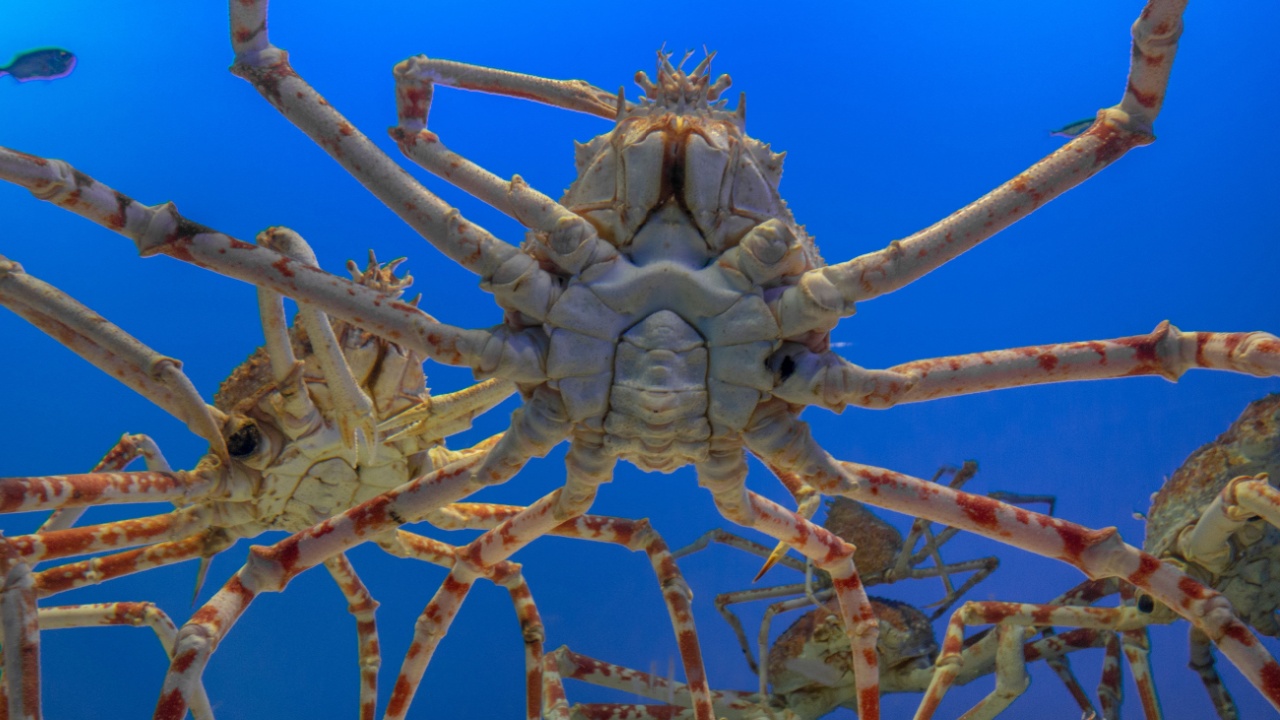
The Japanese spider crab holds the record for the largest crab in the world. These massive creatures can have a leg span of up to 12.5 feet from claw to claw. That’s wider than a car is long! Their body, though, is relatively small compared to their legs, measuring about 16 inches across.
Living Up to a Century
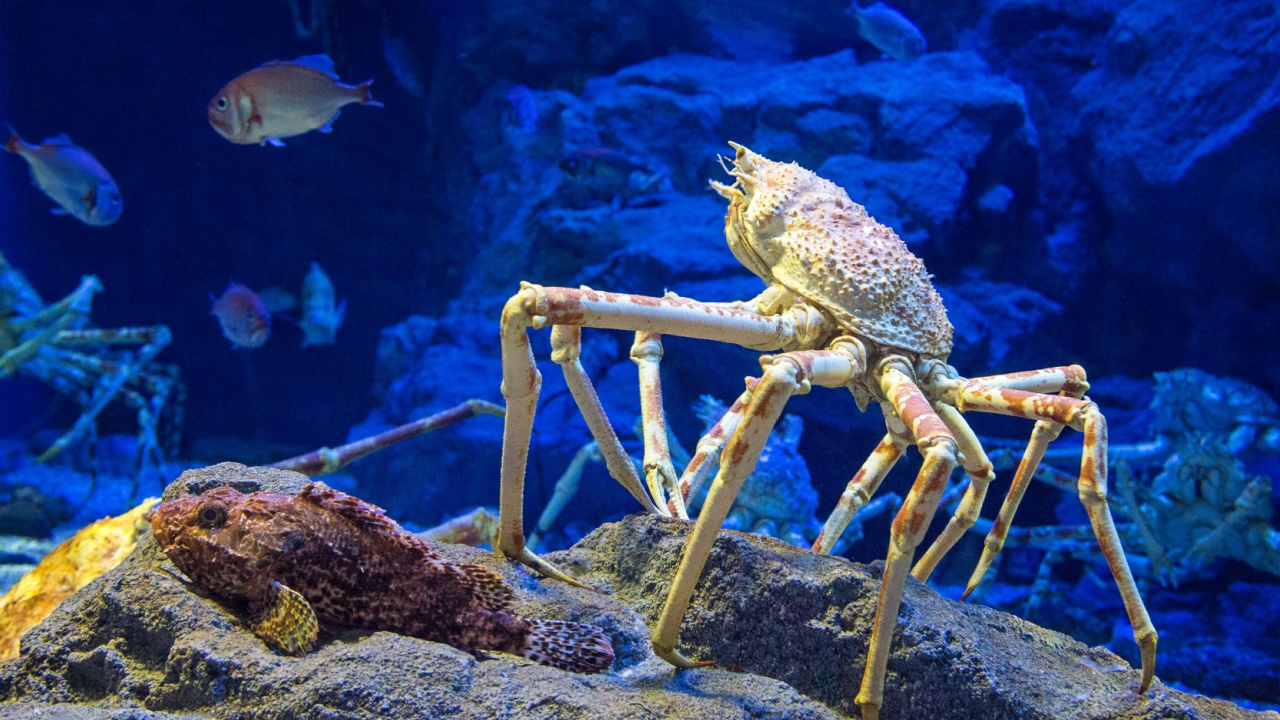
These crabs are not just big, they’re also long-lived. Japanese spider crabs can live between 50 to 100 years in the wild. That’s a really long time for a crab! They spend these decades slowly crawling along the ocean floor, growing bigger and bigger as the years pass.
Deep Sea Dwellers

Spider crabs prefer the cold, dark depths of the ocean. They typically live at depths between 150 to 800 meters (about 500 to 2,600 feet) below the surface. At these depths, the water is pitch black and the pressure is intense. The crabs have adapted perfectly to this harsh environment.
Masters of Disguise
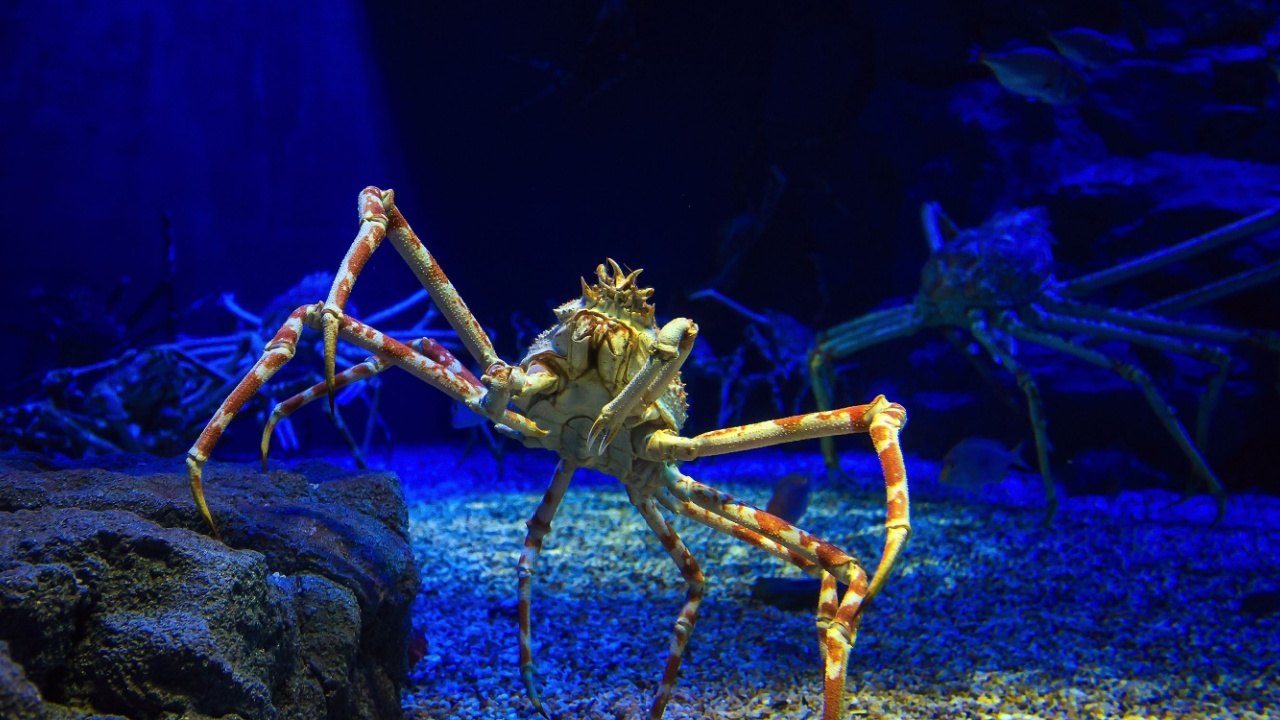
Despite their size, spider crabs are experts at hiding. They decorate their shells with sponges, algae, and other marine life. This camouflage helps them blend in with their surroundings, making it harder for predators to spot them. It’s like wearing a living, growing disguise!
Slow-Motion Giants
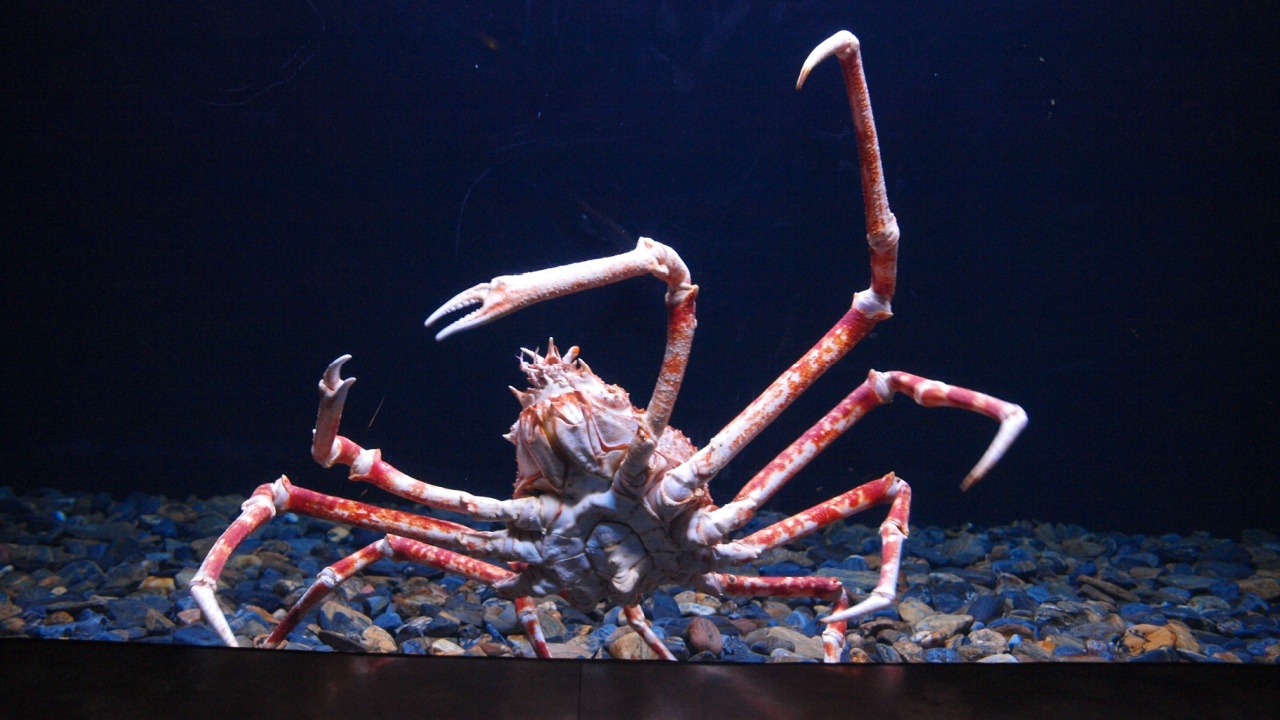
Don’t expect to see a spider crab zipping around the ocean floor. These crabs move very slowly, taking their time as they lumber across the seabed. Their unhurried pace is part of what allows them to live so long. They’re in no rush, just taking life one slow step at a time.
Claws That Pack a Punch
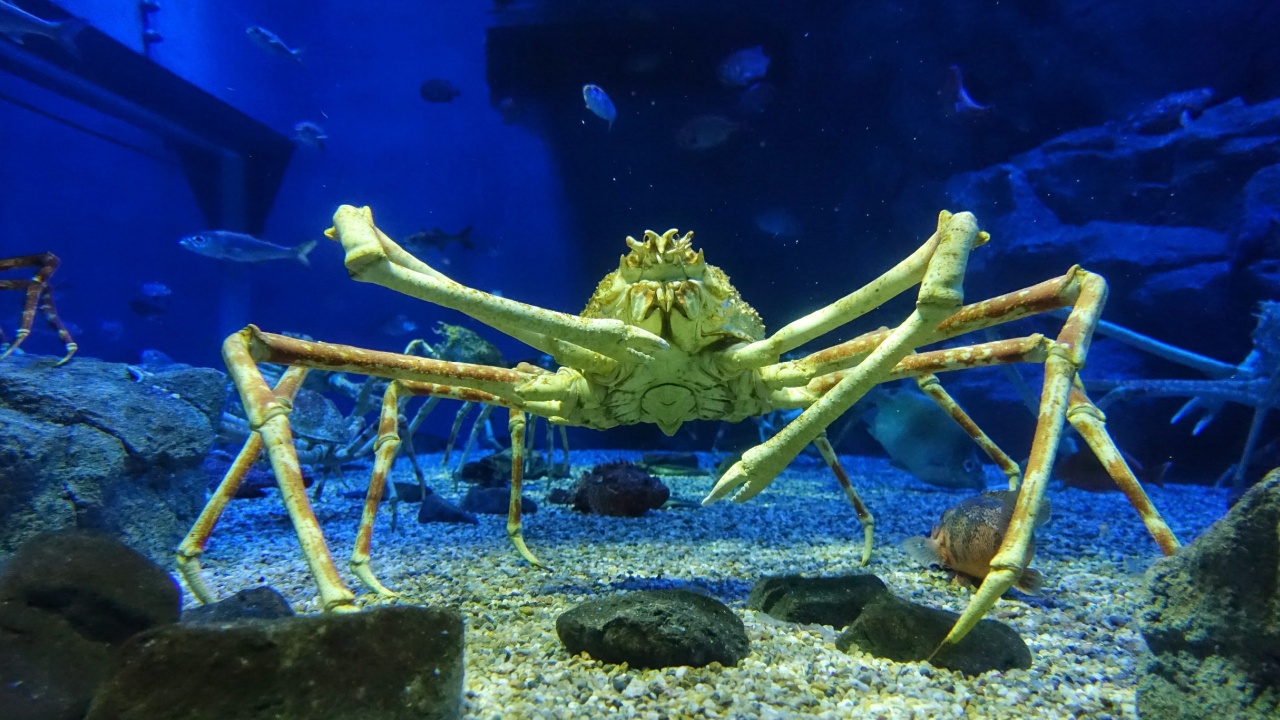
The claws of a Japanese spider crab are no joke. They’re incredibly strong and can easily crush the shells of their prey. These powerful pincers are also used for defense against predators. A snap from these claws could seriously hurt a diver, so it’s best to admire these crabs from a safe distance.
A Taste for Everything

Spider crabs aren’t picky eaters. They’ll munch on just about anything they can find on the ocean floor. Their diet includes algae, mollusks, dead fish, and even other crabs. They’re like the vacuum cleaners of the deep sea, helping to keep the ocean floor clean.
Growing Pains

Unlike mammals, spider crabs keep growing throughout their lives. They molt their hard exoskeleton periodically to allow for growth. This process leaves them vulnerable until their new shell hardens. It’s a risky but necessary part of becoming the giants we know them as.
Japan’s Living Treasure
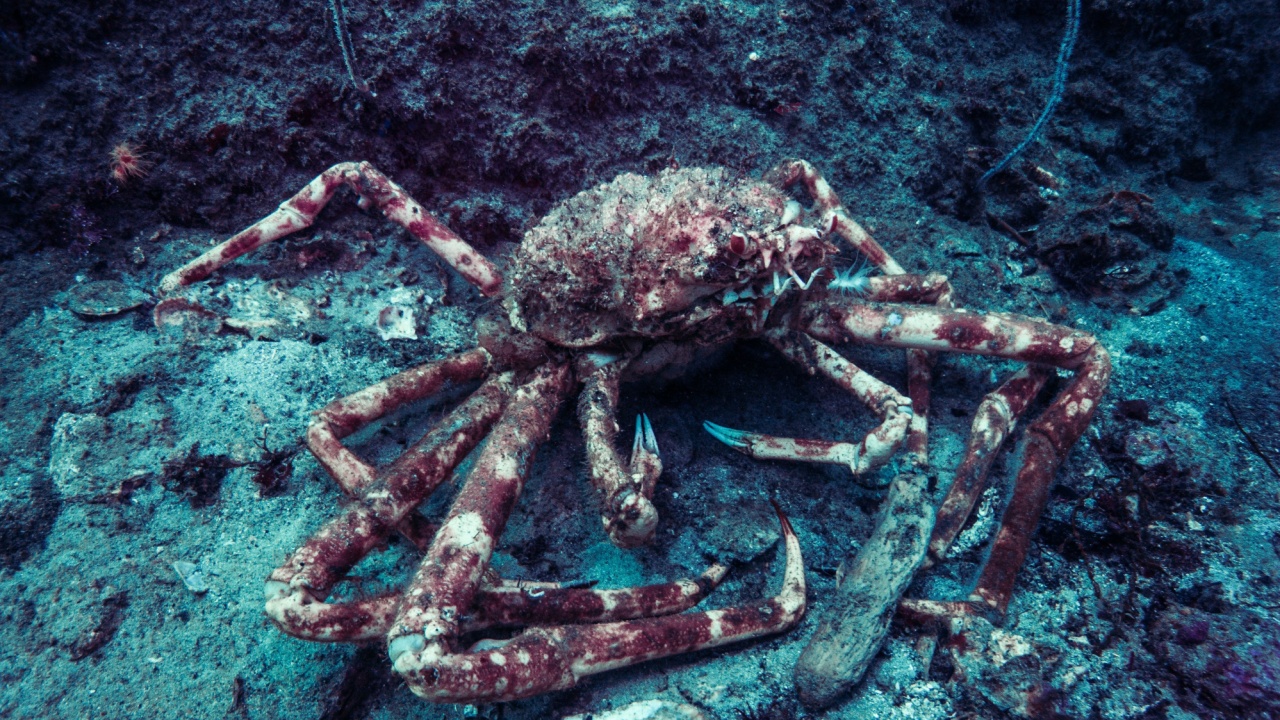
In Japan, the spider crab is considered a delicacy and is also a protected species. Fishing for these crabs is strictly regulated to prevent overharvesting. The Japanese government recognizes the importance of preserving these unique creatures for future generations.
Built for the Cold
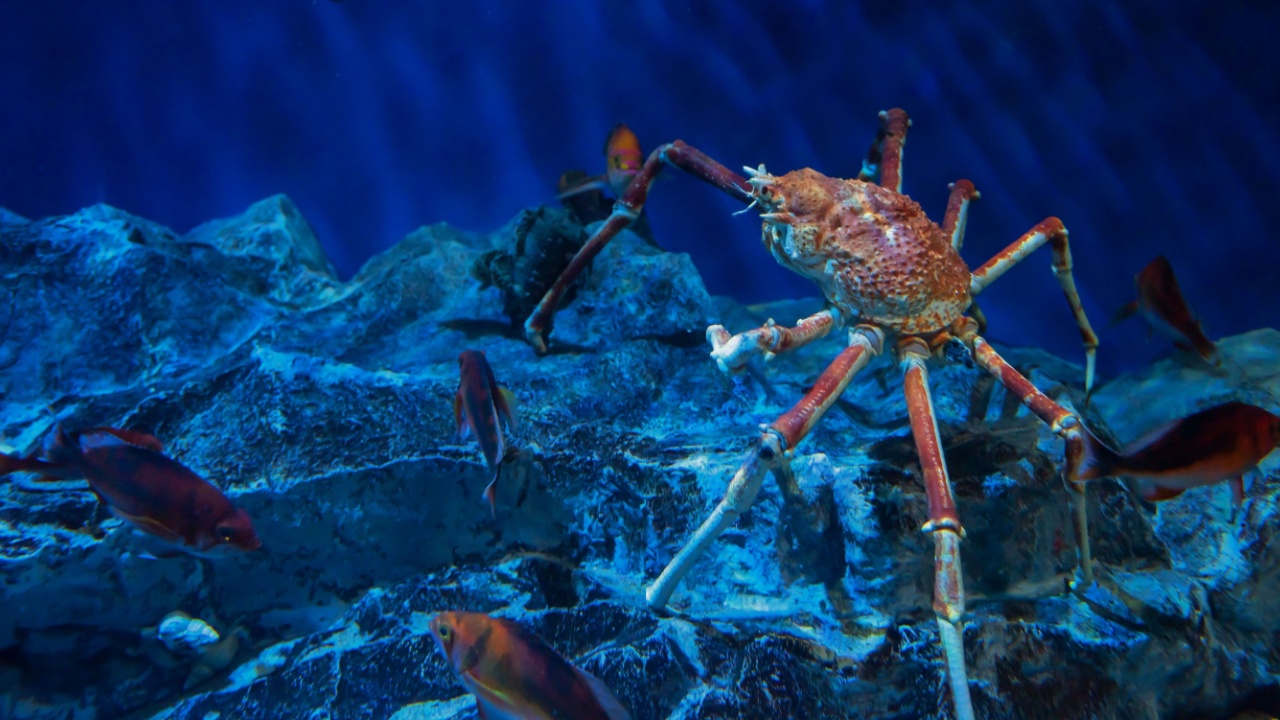
Spider crabs are well-adapted to life in cold water. Their long legs help them stay above the chilly ocean floor, reducing heat loss. Their slow metabolism also helps them conserve energy in the cold depths. It’s like they have built-in snowshoes and a really efficient heating system!
Gentle Giants
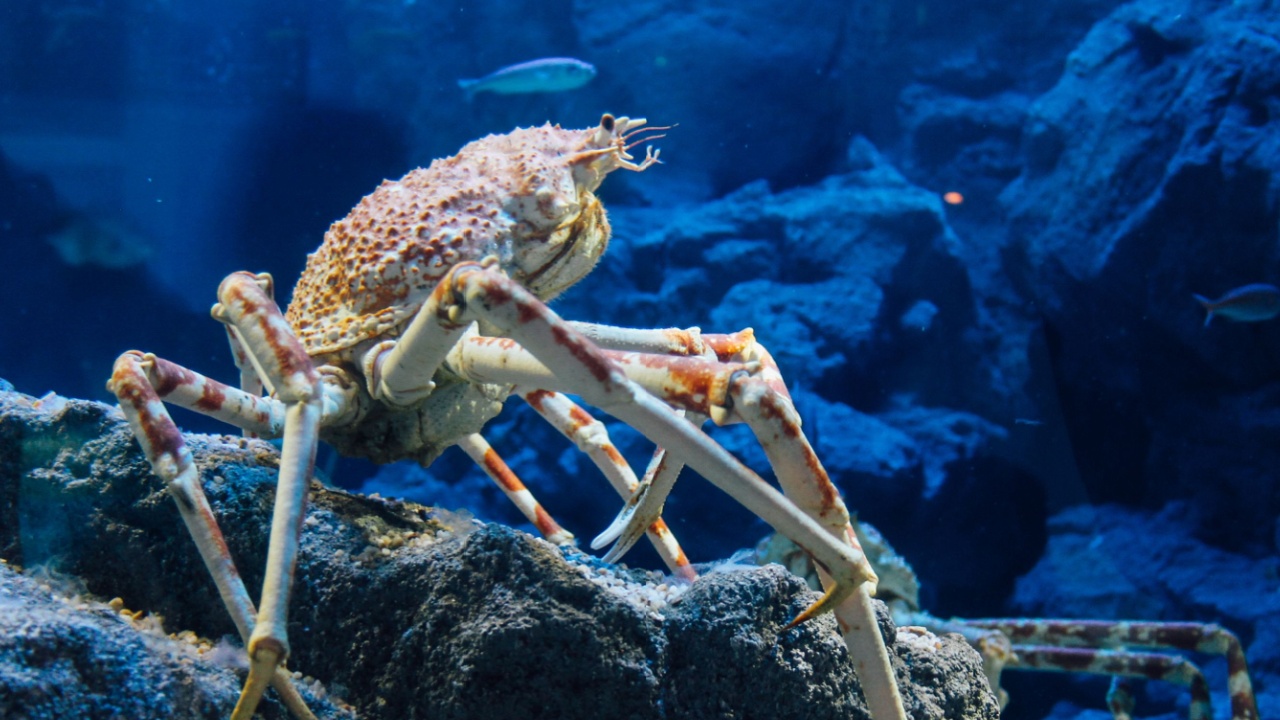
Despite their intimidating appearance, spider crabs are generally docile creatures. They’re not aggressive towards humans and will usually try to avoid confrontation. Their scary look is mostly just for show – they’re more likely to run (or slowly crawl) away than attack.
Surviving the Depths
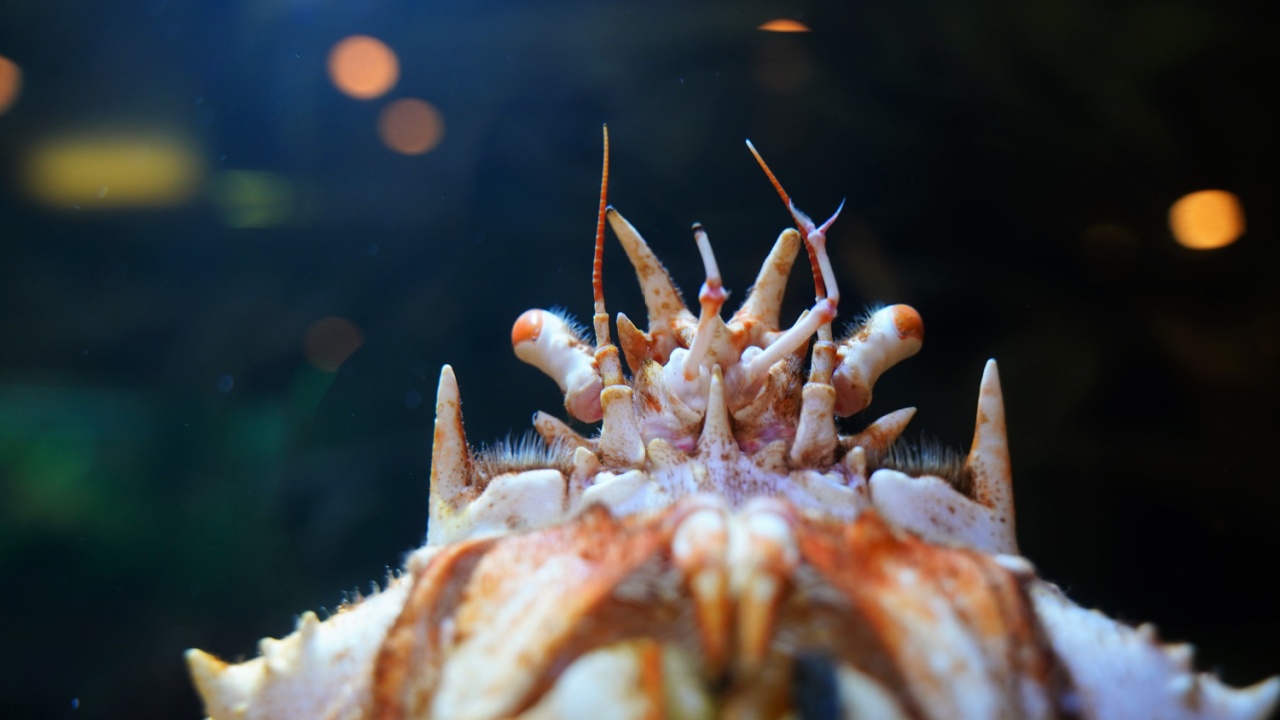
Living in the deep sea comes with challenges, but spider crabs have some cool adaptations. Their eyes are sensitive to the faintest light, helping them navigate the dark waters. They also have a strong sense of touch, using their long legs to feel their way around the ocean floor.
A Helping Hand for Science
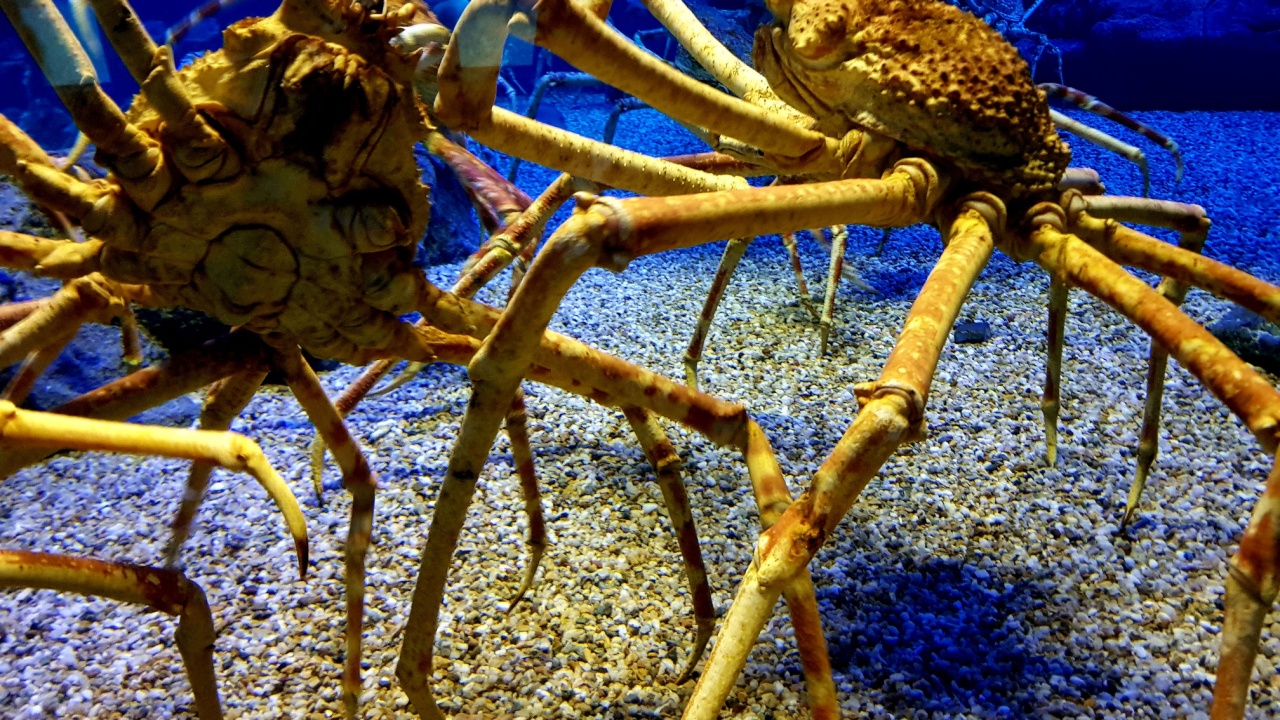
Scientists are very interested in spider crabs. Studying these long-lived creatures can teach us a lot about aging and adaptation to extreme environments. Some researchers are even looking at spider crab blood for potential medical applications. These crabs might help us solve human health problems!
Facing Threats
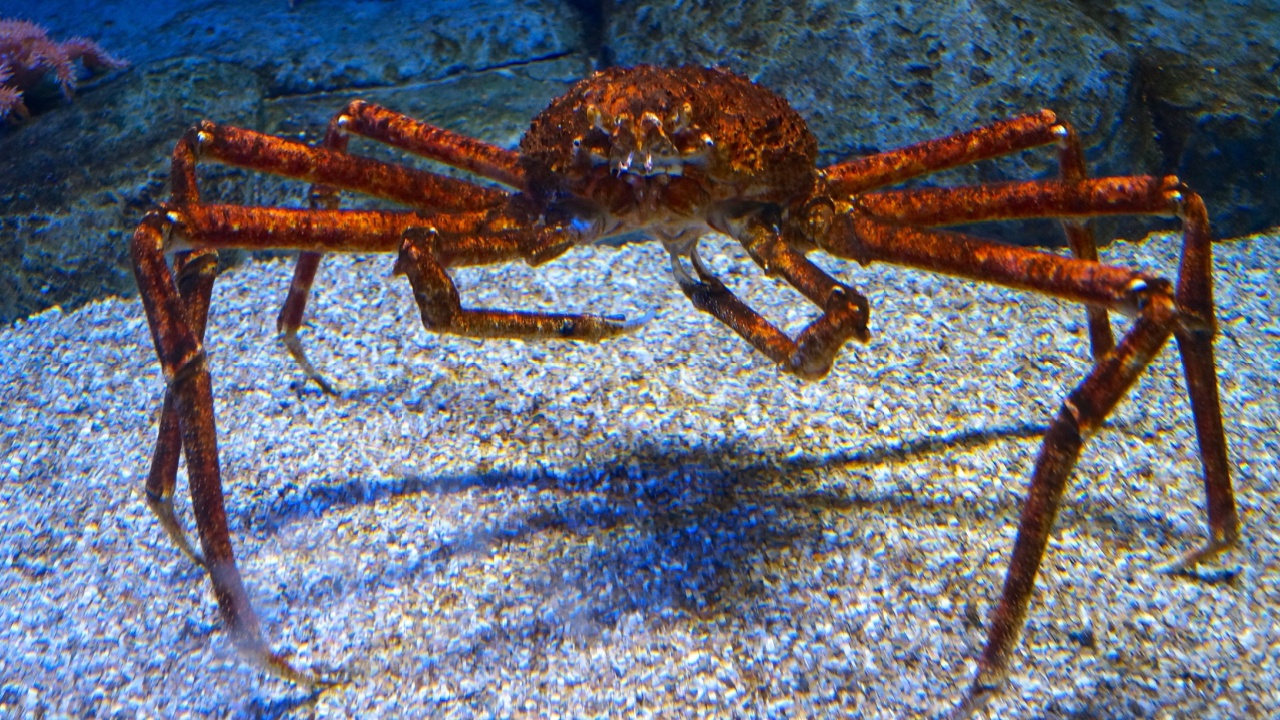
Despite their size and long lifespan, spider crabs face threats from overfishing and habitat destruction. Climate change is also affecting the deep-sea environments where they live. Conservation efforts are crucial to ensure these amazing creatures continue to roam the ocean depths for generations to come.

